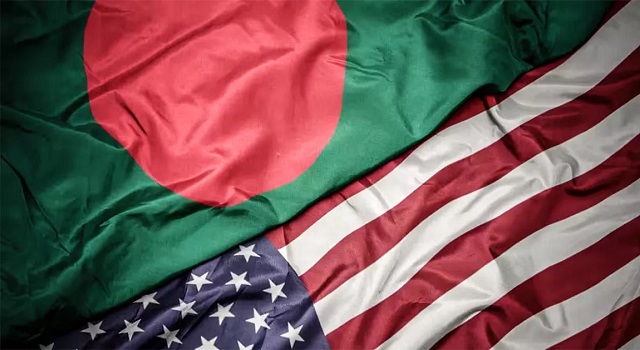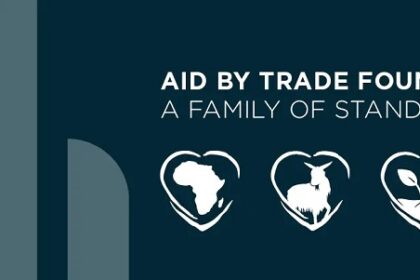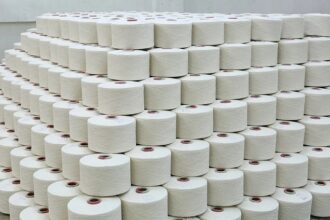Summary:
- Bangladesh wins 20% reciprocal U.S. tariff on apparel, down from an initially proposed 37%
- Vietnam also secured a 20% cap, reduced from a prior threat of 46%
- India faces 25%, Pakistan 19%, Sri Lanka 20%; Cambodia lands at 19%
On August 1, 2025, Bangladesh successfully negotiated a reciprocal tariff rate of 20% for its apparel exports to the U.S., easing pressure on its nearly $40 billion garment industry—a key contributor of over 80% of export earnings and employing approximately four million workers. National Security Adviser Khalilur Rahman said this result follows a deliberate trade-off, where Bangladesh agreed to boost imports of U.S. agricultural goods to support both food security and political goodwill stateside.
While declining factories and exporters noted the rate is still burdensome compared to past preferential regimes, many believe Bangladesh remains competitive relative to rivals like India.
However, uncertainty remains. Brands and suppliers delayed or canceled orders—Walmart suppliers, for example, held back a shipment of nearly one million swim shorts citing tariff threats. Employment anxiety persists, with workers fearing job losses if costs remain unabsorbed by buyers
In proactive diplomacy, Bangladesh also ordered 25 Boeing jets and inked wheat import deals with the U.S.—steps interpreted as gestures to narrow bilateral trade deficits and mitigate tariffs.
Vietnam: Also Wins 20%, but Eyes Wider Market Rebalancing
Vietnam, another major U.S. apparel supplier, earlier secured the same 20% tariff, down from a threatened 46% level announced in April
The Business Standard. Its agreement includes provisions penalizing potential trans-shipment—for example, Chinese-origin textiles routed through Vietnam may draw a 40% tariff.
Vietnamese officials have responded by directing factories to enhance product quality and diversify destinations beyond the U.S., aiming to reduce dependence and offset risks. However, brands and analysts caution that factory capacity is stretched at home, and some apparel firms may turn back to China, taking advantage of its abundant industry infrastructure despite higher Chinese tariffs.
Regional Comparison Table
| Country | Negotiated U.S. Tariff | Commentary |
|---|---|---|
| Bangladesh | 20% | Exporters relieved; some orders already delayed. Still higher production cost burden. |
| Vietnam | 20% | Equally favored, but facing uncertainties over trans-shipment clauses and factory capacity. |
| India | 25% | No deal: facing highest tariffs among major Asian exporters; competition may shift to rivals. |
| Pakistan | 19% | Lower rate but cautious—may lose share if India renegotiates. |
| Sri Lanka | 20% | Acceptable, but concerns around compliance and rival positioning. |
| Cambodia | 19% | Viewed as narrowly averted collapse; praised reduced tariff negotiations |
What Lies Ahead?
Operational and competitive disadvantage: While 20% is a lifeline, exporters in Bangladesh and Vietnam now face steeper cost structures that can narrow margins and deter U.S. buyers from shifting orders.
Buyer behavior: Brands like Nike, GAP, and others face squeezed margins and may reprice U.S. retail items upward—potentially dampening demand among price-sensitive consumers
Policy volatility: With more U.S. reciprocal tariff deadlines looming, exporters must remain nimble—further deviations in Chinese import rules or geopolitical tensions could yield new shocks.
Next steps for exporters: Accelerating automation, sustainability compliance, product diversification, and fulfilling stricter U.S. traceability protocols will be critical. Countries must also stave off transshipment risks, especially in Vietnam.
Conclusion
Bangladesh’s securing of a 20% U.S. tariff today is a significant diplomatic relief that preserves much-needed export competitiveness, but challenges persist as delays, inflation, and operational constraints remain front and center. Vietnam—securing the same rate—faces a parallel reality, though both countries may now compete more directly in capacity-constrained corridors. As the global fashion industry reassesses supply chains away from China, South Asia and Southeast Asia may gain share—but only if exporters can adapt swiftly to a fast‑evolving tariff landscape.











